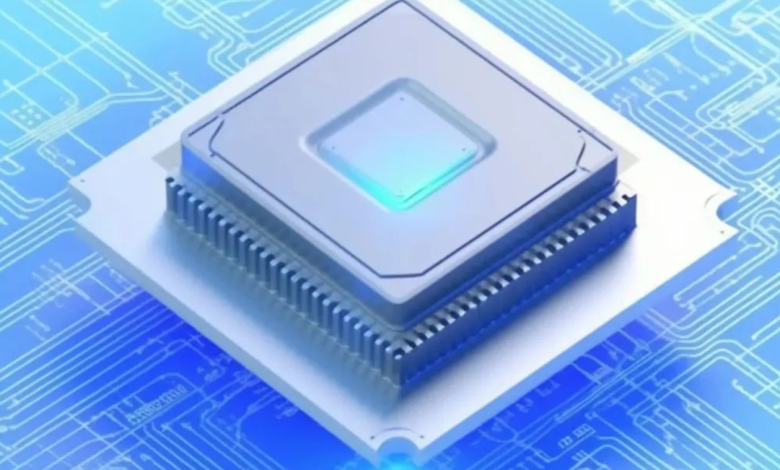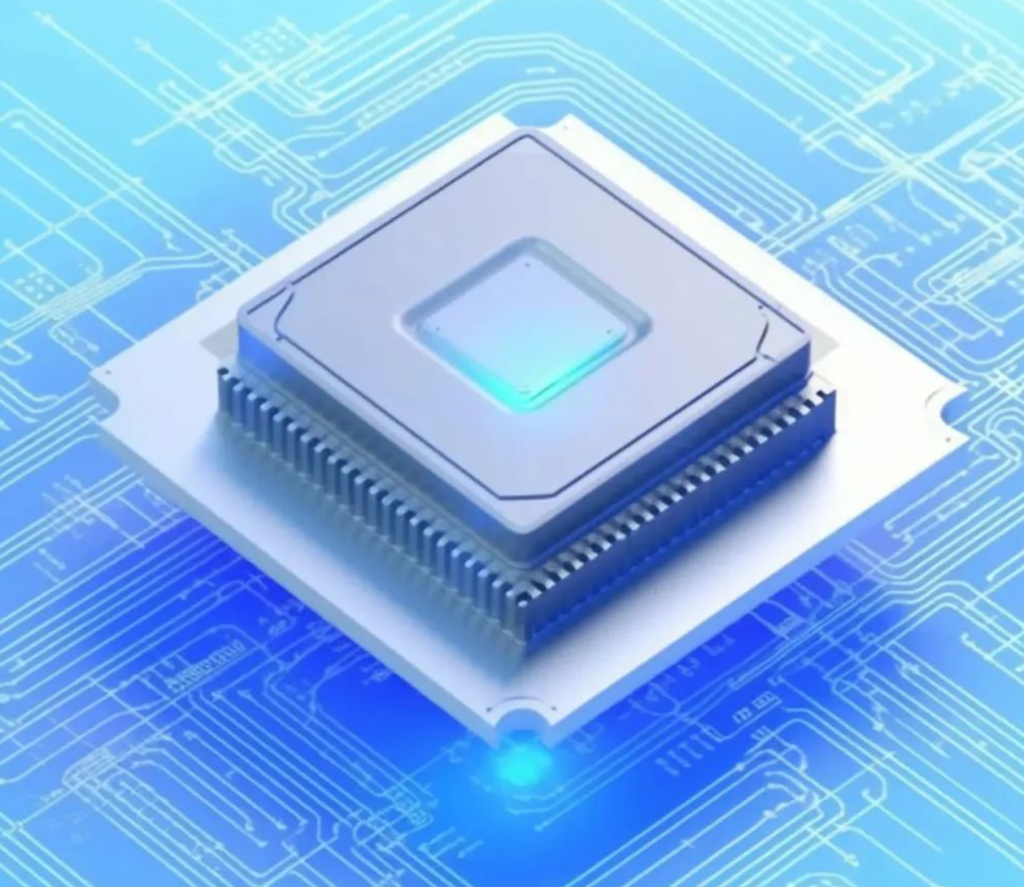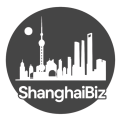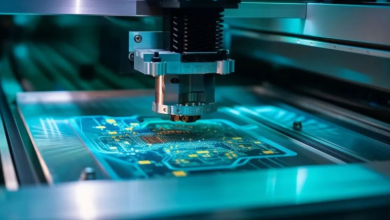The 106th China Electronics Fair: Where Innovation Meets Geopolitical Strategy


Shanghai’s Premier Electronics Expo Returns with a Focus on Self-Sufficiency
From November 5-7, 2025, the Shanghai New International Expo Centre will host the 106th China Electronics Fair (CEF), Asia’s most influential trade show for electronic components, semiconductors, and next-gen applications. With 20,000 sqm of exhibition space, 500+ exhibitors, and 30,000+ professional buyers, this year’s event carries heightened significance—arriving amid global semiconductor decoupling, U.S.-China tech tensions, and China’s aggressive push for supply chain independence1.
Having attended CEF since 2019, I’ve witnessed its evolution from a domestic sourcing hub to a strategic platform for China’s tech sovereignty. This year’s theme—“Innovation Strengthens Foundations, Applications Strengthen Chains”—reflects Beijing’s dual mandate: breakthroughs in core technologies (like GaN/SiC power devices) and rapid commercialization in AI, EVs, and 5G.
Why This Expo Matters Now
- Geopolitical urgency: With U.S. export controls tightening, China’s electronics industry is racing to localize chip production, advanced packaging, and EDA tools5.
- Military-civil fusion: Over 40% of exhibitors cater to both consumer and defense sectors, a deliberate blurring of lines to accelerate dual-use tech.
- Belt & Road outreach: Delegations from Russia, Iran, and Pakistan will scout Chinese alternatives to Western-sourced components1.
Exhibition Zones: Where China’s Tech Ambitions Take Shape
1. Core Components & Semiconductor Pavilion (Hall N5)
This is where China’s “chokepoint” breakthroughs are on display:
✔ “Post-Silicon” Power Devices
- SiC/GaN MOSFETs from Sanan IC (backed by Huawei) targeting EV fast-charging
- Domestic MCUs by GigaDevice (replacing STM32 in industrial automation)
✔ Semiconductor Manufacturing
- NAURA’s etching tools (competing with Lam Research)
- SMEE’s 28nm lithography prototypes (critical for mature-node self-sufficiency)5
✔ Connectors & Sensors
- Amphenol China’s military-grade circular connectors (used in PLA drones)
- Goertek’s MEMS mics (supplying Xiaomi’s smartphones)
Insider tip: 30% of N5 exhibitors are first-timers—mostly startups funded by China’s “Little Giant” program for SMEs.
2. Application Innovation Pavilion (Hall N4)
Here, components meet real-world use cases:
🚗 EV & Autonomous Driving
- Horizon Robotics’ AI chips (powering BYD’s smart cockpits)
- Hesai’s LiDAR (competing with Luminar)
📶 5G & AIoT
- Unisoc’s RISC-V SoCs (for smart meters and wearables)
- Loongson’s CPU+GPU combos (replacing NVIDIA in edge AI)
🛰️ Defense & Aerospace
- CETC’s anti-jamming BeiDou modules
- Aerospace Sanjiang’s radiation-hardened FPGAs
My take: N4’s “Special Components Zone” is where PLA procurement officers discreetly scout suppliers.
Key Trends to Watch
1. The Great “De-Americanization” of Supply Chains
- Goal: Replace 30% of U.S./EU-sourced components by 20275.
- Progress:
- PMICs: Chipown now supplies 30% of Xiaomi’s power management chips (replacing TI).
- MCUs: GD32 chips have captured 15% of China’s industrial market (vs. STM32’s 40%).
2. Automotive Electronics: China’s New Battleground
- BYD, NIO, and Li Auto will showcase in-house SiC inverters and autonomous driving chips—direct challenges to NVIDIA and Infineon2.
- Pain point: IGBT yields remain ~20% lower than Infineon’s, per my industry contacts.
3. “Chipletization” as a Workaround
With advanced-node restrictions, Chinese firms like Hygon are adopting Chiplet designs:
- 2.5D packaging (using SMIC’s CoWoS-like tech)
- Hybrid bonding (pioneered by Tongfu Microelectronics)9
Who’s Attending—And Why It Matters
1. Chinese Tech Titans
- Huawei’s HiSilicon: Scouting third-party foundries for its 7nm Kunpeng CPUs.
- SMIC: Seeking local alternatives to ASML’s DUV lithography.
2. Global Players Walking a Tightrope
- Rohde & Schwarz: Showcasing “export-compliant” test gear (with capped frequencies).
- Murata: Promoting “civilian-grade” MLCCs (avoiding military end-uses).
3. Geopolitical Opportunists
- Russian OEMs: Sourcing SMIC-made MCUs for drones.
- Iranian Firms: Evaluating CETC’s radar components.
Strategic Takeaways for Attendees
For Chinese Suppliers: Flaunt Localization Credentials
- Highlight 100% non-U.S. equipment usage (key for PLA contracts).
- Case study: SICC Semiconductor won $40M in SiC orders after proving zero U.S. tech reliance.
For Foreign Firms: Master the “Dual-Use” Dance
- German/Swiss firms now ship de-featured versions of sensitive tech.
- Workaround: Partner with Hong Kong entities for tricky transactions.
For Startups: Target Niche “Chokepoints”
- Hot areas: Chiplet packaging, cryogenic electronics, and MEMS sensors.
- Success story: Eswin Computing secured PLA funding after exhibiting RISC-V chips at CEF 2024.
Final Verdict: A Must-Attend in the Chip Cold War
The 106th CEF isn’t just a trade show—it’s a live dashboard of China’s tech decoupling progress. Key questions to track:
🔹 Can Chinese GaN/SiC match Wolfspeed’s reliability? (Early samples suggest ~85% performance parity.)
🔹 Will Russia/Iran sign billion-dollar component deals? (Likely, given Western sanctions.)
🔹 How fast is China’s Chiplet ecosystem maturing? (SMIC’s 2.5D packaging is 2-3 years behind TSMC.)
Bottom line: Whether you’re a procurement officer, engineer, or investor, CEF offers unparalleled access to China’s closed-loop electronics ecosystem. Just remember—what’s announced in Shanghai’s exhibition halls could reshape global tech power balances within years.




